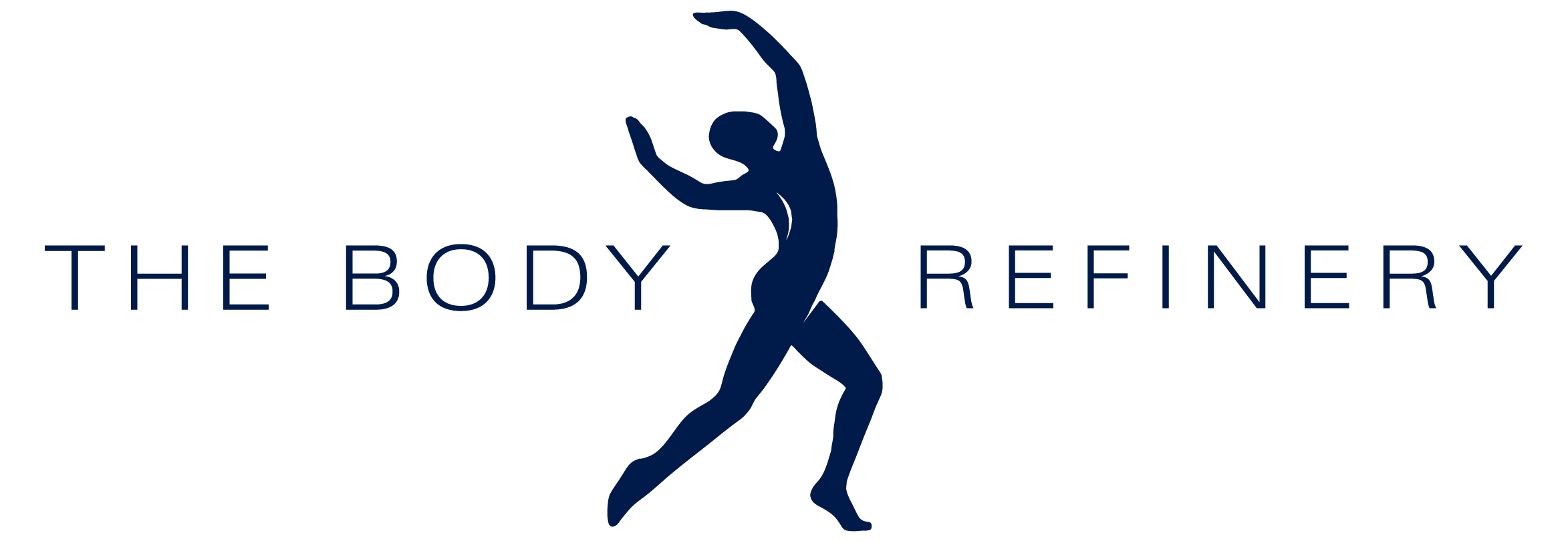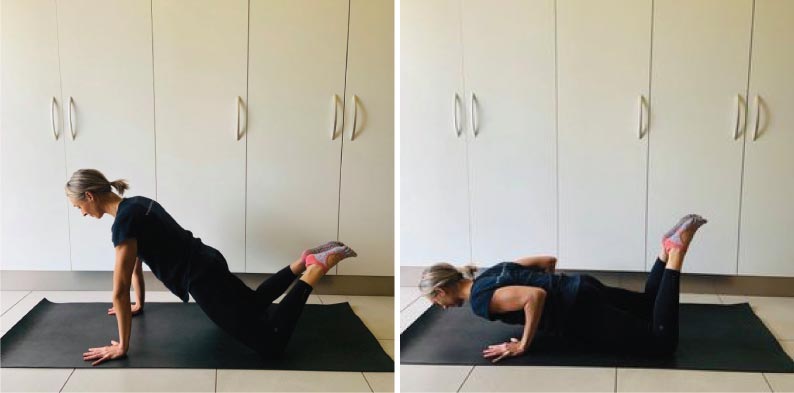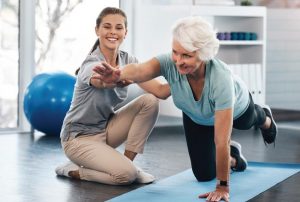
Cross and strength training for running can help make you a more robust, stronger and efficient runner, thus reducing your risk of injury, making running easier and potentially benefiting your race pace.
If you look at the biomechanics of running, not only is it an integrated, full-body activity, it is also a series of single-leg movements. Thus, we need to have an adequate amount of single-leg balance, strength and mobility at the ankle, knee and hip, along with the slings and systems involved with upper body and pelvis rotation, counter-rotation, supporting the weight of the upper body and absorption of energy.
Here are 12 simple exercises you can incorporate into your easy run or cross-training days. Once you’ve mastered these and you’re looking for more variations and progressions, contact us at The Body Refinery to book in for a refined runner session and get the most out of your training time!
The goal is to get to 1 minute per exercise, completed with good form. Complete the exercises in chronological order from 1 – 12 – this is one set. You’re aiming to build up to 3 sets over time.
Start out on the ground – here we will wake our brain and body up to each other, you will increase your muscle and body position awareness in these supported exercises, ready to increase the challenge and integrate more movements further along in this exercise sequence.
- Supine bridges – focusing on gluteus maximus and hamstrings with some pelvic control from abdominals, progress to adding a single leg march.

- Side leg raises – focusing on pelvic stability and gluteus medius – our main pelvic stability muscle. Add a bottom leg lift for more core and inner thigh challenge
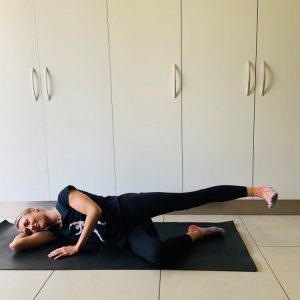
- Single leg stretch – a little bit of ab love while you’re controlling hip extension and flexion
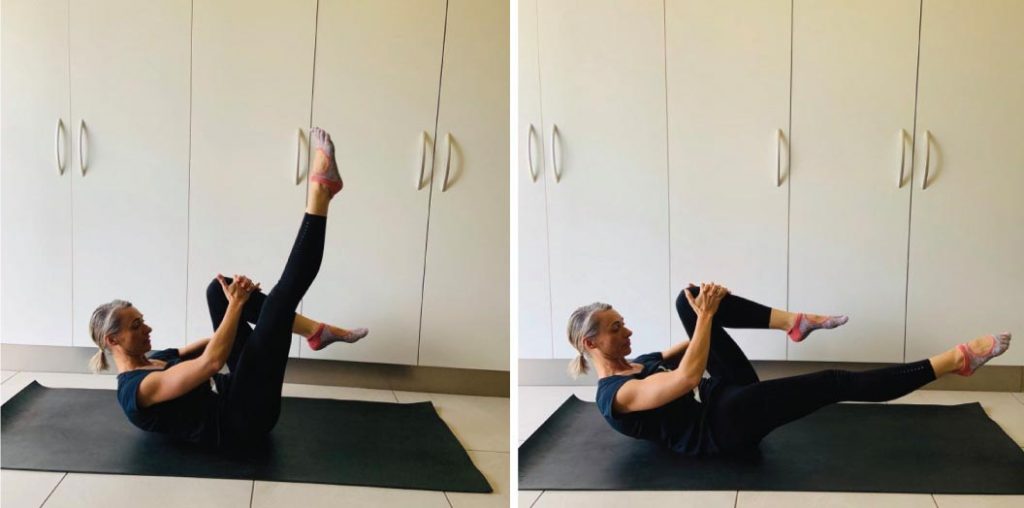
- Thoracic mobility + spine extensor strength – FR mobilisation & dart/scare crow

- Side plank – an amazing exercise working on neck, shoulder, oblique, side hip + inner thigh and ankle strength. Add a twist to increase the oblique challenge and a top leg lift to really fire up those hip stabilisers.

- Plank – another amazing exercise integrating neck, shoulder, abdominal and quad strength + toe mobility. Add alternating leg raises or shoulder taps or both

- Clamshell push up
Now let’s bring this party up off the ground and integrate.
- Full squat, hands against a wall – working on upper back mobility and hip mobility with leg and hip strengthening
- Walking lunges – focusses on building single leg glute and quad strengthening.
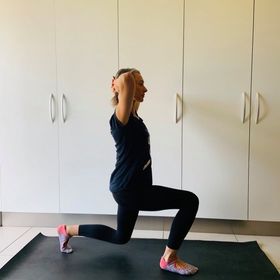
- Dragon squat – mobility and stability! Involving hip, ankle, toes.
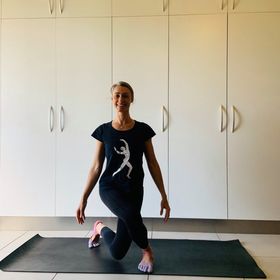
- Discobolus – single-leg hip stability, balance and strength coming at you
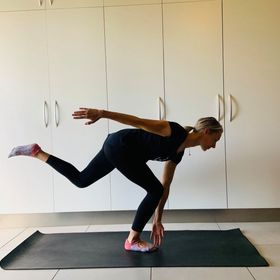
- Double leg hopping on the spot w leg hike – lower leg tissue recoil + hip & knee mobility and strength
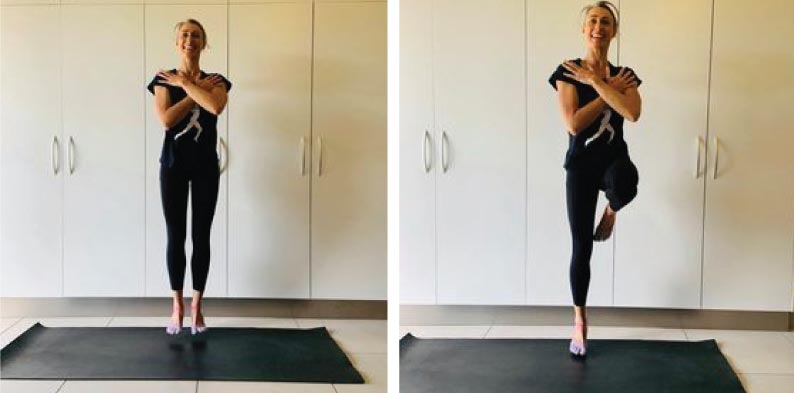
Want a super quick session? No problems, go from number 8 – 12.
If you are looking for further support and guidance or prefer the motivation of training in a group, The Body Refinery is here to help. Our team of dedicated movement professionals deliver over 160+ group fitness and Pilates classes and many more individual and group studio Pilates, exercise physiology and clinical rehab sessions per week, in addition to having specialised running programs on offer.
We have you covered! Contact The Body Refinery today to find out how we can help.
